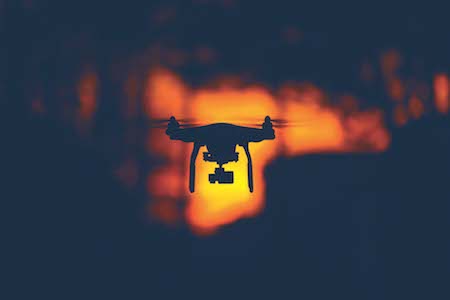The intent is to develop standards to address the safe and ethical use of UAS for all public safety missions, and demonstrates that integration into public airspace requires coded practices and rules, in order to avoid incidents of reckless use of the technology or reckless use against the technology.
Safety, Effectiveness, Accountability
Safety, effectiveness, and accountability are the three keywords that appear throughout the draft. This starts out with the mandatory rule that an agency must set out a policy that lists all authorised uses of UAS. This is put out to ensure that all missions undertaken by an agency will be legal from the outset, with documentation to provide the accountability of the agency, as well as the legitimacy of these missions.
Plenty of the standards adopt what appears to be a common sense approach. For example, the Remote Pilot In Command (RPIC) must be qualified by the FAA, with the appropriate training for the specified system the agency is using. Beyond the RPIC, training and qualifications are only recommended, due to the fact that there are no regulatory requirements for anyone else involved. Still, this draft is pushing for further training and education for everyone involved in missions, reminding the reader the UAS, as a technology and an emerging market, is constantly changing and innovating. Best practice is to keep up in order to ensure safety, effectiveness, and accountability.
The changing attitude towards UAS is interesting to watch unfold. Treating UAS as aircraft, ignoring the “hobby” or “toy” tags means that safety and legality will be taken more into consideration and the technology will be taken seriously. As they have the increasing power to save lives, showing them respect and having agencies using them follow a set of standardised procedures can only further their efficiency, and ease their integration into the airspace.
The draft of standards was open to comment from ALEA members from 1 August until 30 September. We will follow future developments on this issue.


.jpg)
.jpg)
.jpg)

.jpg)
.jpg)



.jpg)